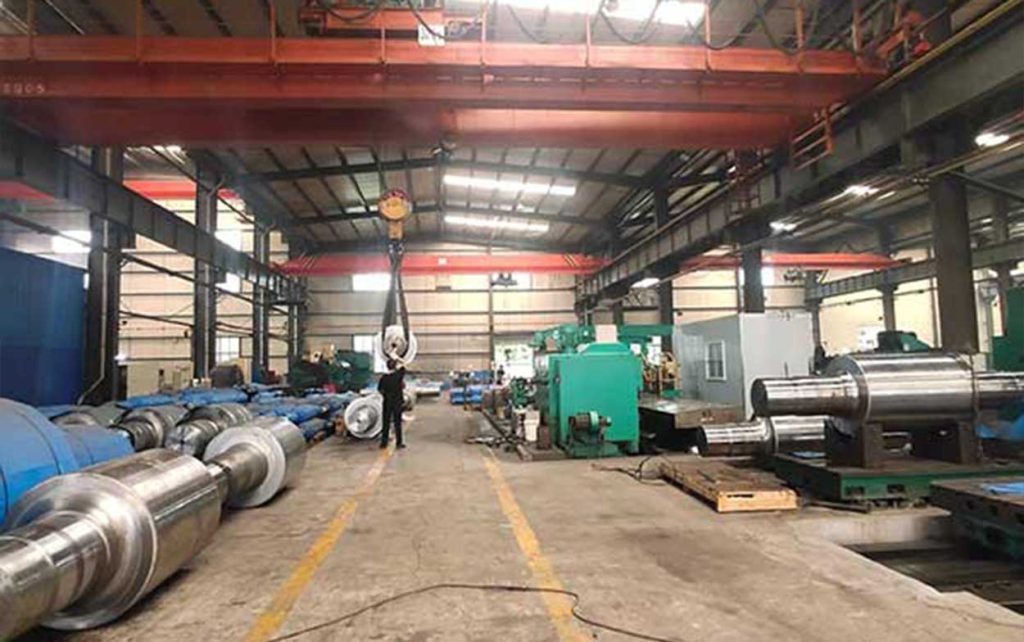By definition, ingots or billets are difficult to deform and process at room temperature. Generally, they are heated to 1100~1250 ℃ for rolling. This rolling process is called hot rolling. The temperature of the hot rolled plate is high, so the deformation resistance is small, and large deformation can be achieved. Take the rolling of steel plates as an example. Generally, the thickness of the continuous casting slab is about 230 mm, and after rough rolling and finishing rolling, the final thickness is 1~20 mm. At the same time, due to the small width-thickness ratio of the steel plate and the relatively low requirements for dimensional accuracy, the shape problem is not easy to occur, and the convexity is mainly controlled. If the structure is required, it is generally realized by controlling rolling and cooling, that is, controlling the starting temperature, finishing temperature, and crimping temperature of finish rolling to control the microstructure and mechanical properties of strip steel.









